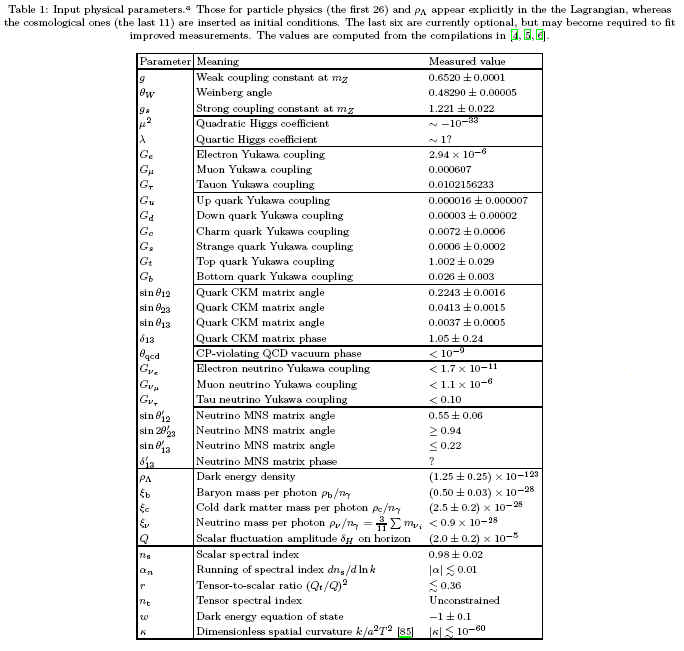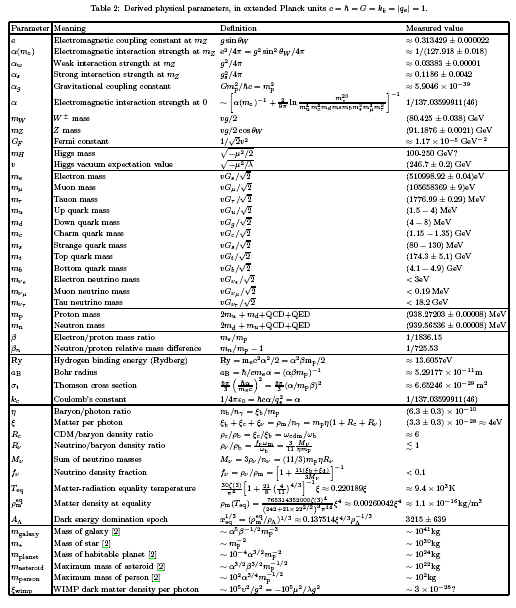The best way to build a large, complex system that works is to evolve it from a small, simple system that works.
— Information technology maxim (cf. Gall’s Law)
The most complex and difficult intellectual work performed by humans to date is the design, development, testing and deployment of large-scale information technology (IT) systems. Such systems can have literally astronomical numbers of discrete internal states, changing through hundreds, thousands, or even millions of such states per second. As such, many such development efforts end in failure [PDF], and the ones that do get deployed always have defects, sometimes very large numbers of defects (think Windows Vista). I know, because this is what I deal with on a professional basis — both helping to rescue large troubled IT projects and acting as an expert witness in lawsuits that involve failed or disputed IT projects. And prior to that, I helped to develop and architect large, complex IT systems.
As such, I have no problem with the concept that God would use various evolutionary mechanisms (including, yes, natural selection, geological time-scales, and random mutations) in preparing a world for us to live in. For me, such as approach is more efficient, less difficult, and less error-prone than an ex nihilo creation of the (quite literally, at least for us) incomprehensibly complex biological/ecological/physical environment in which we live. (In fact, one very fascinating area of computer science uses evolutionary concepts for creating more efficient software and hardware.)
I’m not necessarily arguing for a “fire-and-forget” model (where God kick-starts things and then comes back later when the planet is ready), though I don’t rule it out, either; since God has created “worlds without number“, one would suspect He’s got the process pretty much down pat. Still, I think the creation account found in Abraham, which describes “the Gods” as preparing the earth and the seas to bring forth life at certain stages is as good a description as any in which the creation is shepherded towards a desired end, viz., an environment that is biologically, chemically, environmentally, and genetically compatible with the soon-to-be-mortal bodies of Adam and Eve. And, yes, that would include introducing human-compatible DNA (or that which would evolve into it) into the biological mix as early as necessary.
This is, in fact, why I not only have no problems with the varieties of hominid species in the fossil record, up to and including the emergence of Homo sapiens, but I would expect it. Why? Because a world that actually evolved Homo sapiens would be guaranteed to be 100% compatible with the mortal bodies of Adam and Eve. I could also make the argument (dismissed in some quarters, but still valid I believe) that without such an evolutionary track record, the ‘veil’ over our pre-existence memories would be less effective, since it would be so blindingly clear that we had come from somewhere else. (SF author J. P. Hogan explored this concept a bit — on behalf of an alien race — in his “Giants” series of novels.)
Now, this raises the issue of the “pre-Adamites” that B. H. Roberts and others explored during the first few decades of the 20th Century (and that Joseph Fielding Smith, and later Bruce R. McConkie, fought so hard against). For me, it’s not much of an issue. As Hugh Nibley points out (in “Before Adam“, a BYU talk given in 1980), we as Mormons believe in eternal life for a wide range of animal life — why would we deny it to intelligent, evolved hominids, however much they look like us? As Nibley also points out, the “story” — a written history, a record — doesn’t really start until Adam appears on the scene:
Do not begrudge existence to creatures that looked like men long, long ago, nor deny them a place in God’s affection or even a right to exaltation—for our scriptures allow them such. Nor am I overly concerned as to just when they might have lived, for their world is not our world. They have all gone away long before our people ever appeared. God assigned them their proper times and functions, as he has given me mine—a full-time job that admonishes me to remember his words to the overly eager Moses: “For mine own purpose have I made these things. Here is wisdom and it remaineth in me.” (Moses 1:31.) It is Adam as my own parent who concerns me. When he walks onto the stage, then and only then the play begins. He opens a book and starts calling out names. They are the sons of Adam, who also qualify as sons of God, Adam himself being a son of God. This is the book of remembrance from which many have been blotted out. They have fallen away, refused to choose God as their father, and by so doing were registered in Satan’s camp. “Satan shall be their father, and misery shall be their doom.” (Moses 7:37.) Can we call them sons of Adam, bene-Adam, human beings proper? The representative Egyptians, Babylonians, Greeks, and Romans, to name only the classic civilizations of old, each fancied themselves to be beings of a higher nature, nearer to gods than others who inhabited the land with them (and before them), or who dwelt in other lands. And yet they did not deny humanity to them.
Now we get to the issue of Adam and Eve’s bodies themselves — how were they created, what was their ‘pre-fall’ condition, and how did they transition into mortality? Frankly, the simplest explanation for me would be something equivalent to a combination of cloning (from evolved Homo sapiens bodies) and genetic engineering to induce the ‘pre-mortal’ (anti-aging, infertile, intellectually innnocent) state. The ‘tree of knowledge of good and evil’ could itself be genetically engineered to provide, if you will, genetic therapy that would transition Adam and Eve to a mortal, fertile, and intellectually enhanced state.
Which brings me to another issue. I’ve just described a hypothetical mechanism for the creation and fall of Adam and Eve using concepts and technology not that far removed from what we can currently achieve as humans. God, on the other hand, is a being Who created, comprehends, and perceived this entire universe and all that’s in it. I think it’s pretty arrogant for any of us humans — wherever we sit in the creation/evolution debate — to state categorically what God could or could not have done in creating this earth and placing us on it. My own posting here is not to state what God must have done, but what He could have done, and in particular why an evolutionary approach would make a lot of sense.
For exampe, intellectual honesty — and my own belief in God’s power — compels me to also admit that God could well have the cosmic equivalent of a Xerox machine (or, for fellow object-oriented development geeks, a Factory pattern) that He can use to stamp out new copies or instances of worlds — with whatever variations He chooses — at will, working from one or more pre-created ‘template’ worlds (that were indeed evolved). Indeed, I think that a lot of our post-mortal education will consist of unlearning many of our cherished personal beliefs and assumptions, accompanied by a lot of forehead-slapping (“I never even thought of that…”).
In sum, I think we in the Church set up for ourselves some unnecessary dichotomies and dilemmas, particularly on issues for which we have relatively little scriptural information — other than the most critical, namely that “In the beginning God created the heaven and the earth.” ..bruce..


